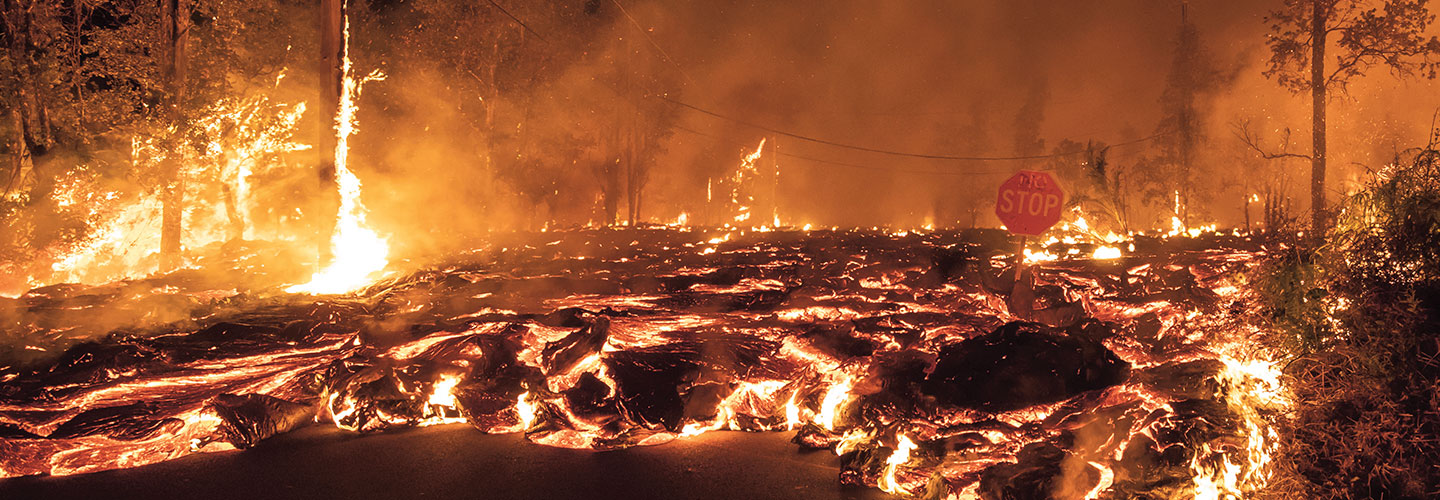Courtesy of Family
Joshua Gula
One day last May, 12-year-old Joshua Gula went outside for recess. His school is located near the top of a mountain on Hawaii’s Big Island. But this is not just any mountain. Joshua goes to school on a volcano called Kilauea (kee-lah-WAY-ah). And on this morning, the volcano was wide awake.
Joshua and the other seventh-graders looked west. A dark gray cloud of steam and ash shot thousands of feet into the sky. Kilauea was erupting—2 miles away.
Joshua’s mom picked him up early. On the way home, she stopped the car. They joined a crowd of people taking photos. “We knew right then it would be a historic event,” he says.
One day last May, Joshua Gula went out for recess. Joshua is 12. His school sits near the top of a mountain on Hawaii’s Big Island. But it’s not just any mountain. It’s a volcano called Kilauea (kee-lah-WAY-ah). And this morning, the volcano was awake.
Joshua looked west. A cloud of steam and ash shot thousands of feet into the sky. Kilauea was erupting 2 miles away.
Joshua’s mom picked him up early. On the way home, she stopped the car. They joined a crowd of people taking photos. “We knew right then it would be a historic event,” he says.
One day last May, 12-year-old Joshua Gula went outside for recess. His school is located near the top of a mountain on Hawaii’s Big Island, but it’s no ordinary mountain.
Joshua goes to school on a volcano called Kilauea (kee-lah-WAY-ah)—and on this particular morning, the volcano was wide awake. Joshua and the other seventh-graders looked west. A dark gray cloud of steam and ash shot thousands of feet into the sky. Kilauea was erupting—2 miles away.
Joshua’s mother picked him up early. On the way home, she stopped the car and they joined a crowd of people taking photographs. “We knew right then it would be a historic event,” Joshua recalls.

